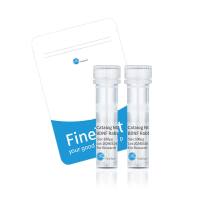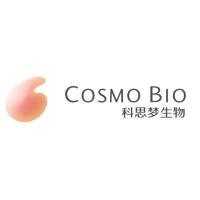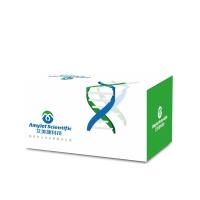Determinants and Fate - C. elegans embryos
互联网
Materials
- Caenorhabditis elegans cultures on agar plates
- E. coli strain OP50
- NG agar plates
- C. elegans Ringer's solution
- Microscope (preferrably Nomarski interference or phase)
- Slides and coverslips
Procedure
-
Place a culture of C. elegans on the stage of a dissecting microscope and focus on the surface of the agar plate. The cultures contain both small males and the larger hermaphrodites. Locate a specimen of each.
- For embryological studies, select a large hermaphrodite and identify the various organs within the worm. With a wooden applicator, select a hermaphrodite and transfer it to a slide containing a drop of Ringer's solution. Make a wet mount.
-
The coverslip should hold the worm down, but will allow it to continue moving. It will normally be very active at first, but then quiet down. Since the worm can only flex its body in a dorsal/ventral plane, it will also normally be on its side.
-
Place the slide on a microscope locate the worm in the field of view. Identify the eggs and developing embryos within the ovary of the worm. Careful adjustment of the light will be necessary. As the slide dries out, it will be necessary to add a drop of Ringer's to the edge of the coverslip.
- Draw the various stages of development and label each cell according the the scheme in .
Optional
Select several gravid worms (hermaphrodites) and transfer them to a fresh plate of NG agar pre-seeded with a lawn of E. coli. Allow the worms to lay eggs on the agar.
After the eggs are sown, use Ringer's solution to rinse the adult worms from the agar plate. Any remaining adults should be picked off the agar, but the eggs will remain stuck in the agar. This process will nearly synchronize the eggs and their development can then be observed over time. L1 larva can be washed from the plates in about two hours and the subsequent development of these larva monitored as a synchronous population.









